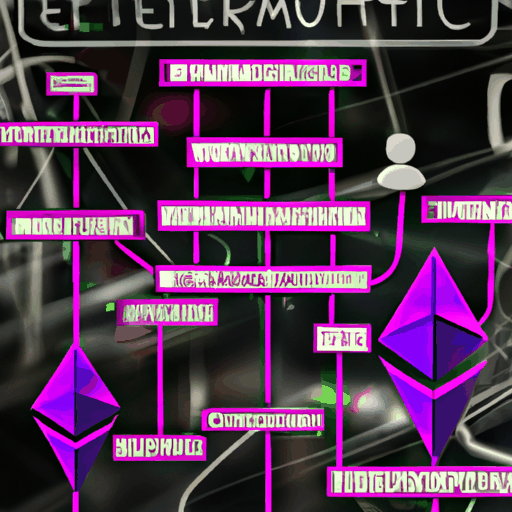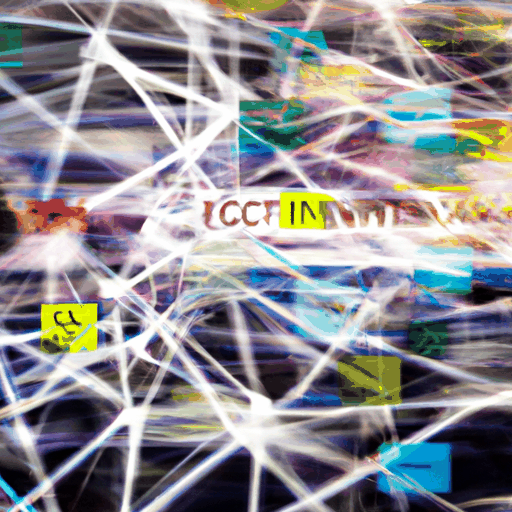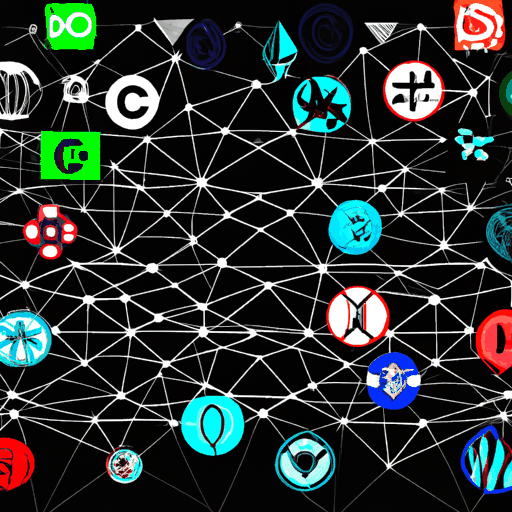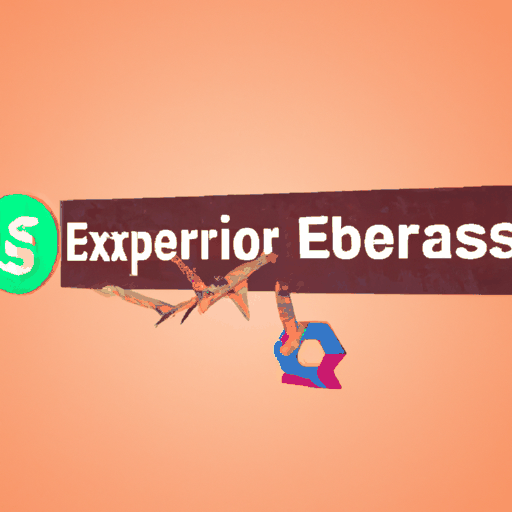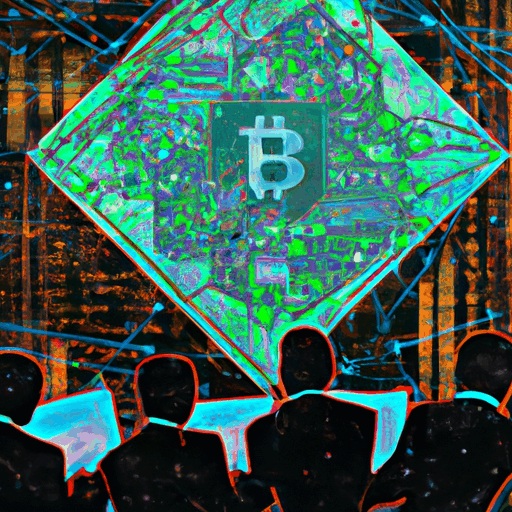
Solv Protocol and GOAT Network Aim to Optimize Bitcoin Yields
By: Eliza Bennet
With Bitcoin (BTC) often regarded as a long-term investment, significant portions of it remain inactive, not earning interest. To address this challenge, Solv Protocol has introduced a structured yield vault specifically for institutional investors. This comes as part of an effort aimed at mobilizing over $1 trillion in idle Bitcoin holdings to generate returns through a combination of yield strategies.
Blockchain data indicates that Bitcoin is a predominant player in the cryptocurrency landscape. Solv Protocol's BTC+ yield vault seeks to maximize capital efficiency by deploying funds across decentralized finance (DeFi), centralized finance (CeFi), and traditional financial markets. These deployment strategies include protocol staking, basis arbitrage, and extracting yields from tokenized real-world assets, such as BlackRock’s BUIDL fund. The approach is strategically designed to encourage institutional investors to leverage Bitcoin's potential for yield generation rather than letting their assets sit dormant.
In tandem with this development, the GOAT Network has been making strides with its innovative approach to Bitcoin yield optimization via zero-knowledge (ZK) proofs. The network runs proofs concurrently, providing an efficient layer 2 solution that can finalize transactions in under three seconds on the testnet. This quick resolution time is expected to enhance transaction efficiency and scalability, making it an appealing option for those seeking to capitalize on Bitcoin's earning potential.
As both Solv Protocol and GOAT Network unveil these initiatives, the broader cryptocurrency ecosystem could see a shift, with more Bitcoin moving from passive holdings to active yield-generating assets. The efficiencies brought by combining DeFi strategies with cutting-edge technology like GOAT’s fast ZK proofs could spell a new era for Bitcoin utilization. Institutional and retail investors alike may find these options compelling as they look to diversify yield generation strategies in the ever-evolving digital asset space.
